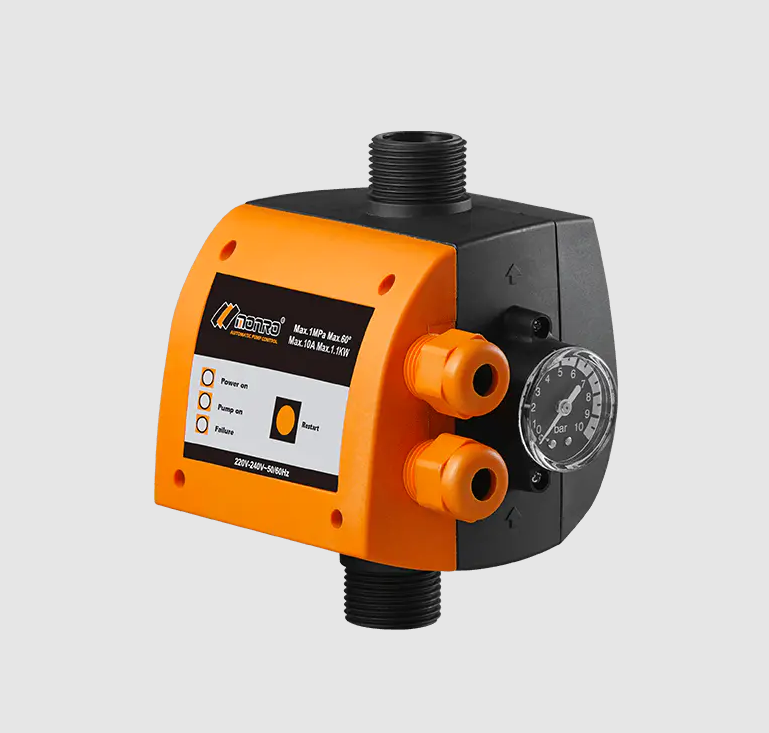In the intricate world of fluid management, Automatic Pump Control (APC) systems are engineered to provide precise and swift responses to varying demands. The response speed of these systems is a key performance indicator that directly influences the efficiency and reliability of industrial processes. This article delves into the factors that contribute to the response speed of Automatic Pump Control systems and how they can be optimized for better performance.
The response speed of an Automatic Pump Control system is determined by its ability to quickly adjust the flow rate in response to changes in demand. This is crucial in applications where the fluid flow needs to be tightly controlled, such as in chemical processing, water treatment, and HVAC systems. A slow response can lead to inefficiencies, waste of resources, and even safety hazards. Therefore, understanding the factors that affect the response speed of APC systems is essential for their effective implementation.
One of the primary factors influencing the response speed of Automatic Pump Control systems is the type of pump used. Centrifugal pumps, for instance, have a relatively quick response time due to their design, which allows for rapid changes in flow rate. However, positive displacement pumps, while offering high precision, may have a slower response due to their mechanical nature. The choice of pump, therefore, is a critical decision that must be made based on the specific requirements of the process.
Another significant factor is the control system itself. Modern APC systems utilize advanced control algorithms that can predict and respond to changes in demand almost instantaneously. These algorithms, often based on real-time data analysis, can significantly reduce the response time by preemptively adjusting the pump's operation. The integration of sensors and feedback loops further enhances the system's ability to react quickly to changes in the process conditions.
The communication infrastructure within the Automatic Pump Control system also plays a vital role in determining response speed. High-speed data transmission and low-latency communication networks ensure that the control signals are convey to the pump without delay. This is particularly important in distributed control systems where the control center may be located remotely from the pump.
The physical layout of the system can also impact the response speed. Shorter pipe runs and fewer bends can reduce the time it takes for the fluid to travel from the pump to the point of use, thereby improving the system's overall response time. Additionally, the use of variable frequency drives (VFDs) can help in fine-tuning the pump's speed, allowing for more precise control and faster adjustments to changes in demand.
Maintenance and proper calibration of the Automatic Pump Control system are also crucial for maintaining optimal response speed. Regular checks and adjustments can ensure that the system operates within its designed parameters, avoiding any performance degradation due to wear and tear or misalignment.
In conclusion, the response speed of Automatic Pump Control systems is a multifaceted issue that involves the selection of appropriate pumps, the sophistication of the control algorithms, the efficiency of the communication network, and the physical design of the system. By addressing these factors, industries can ensure that their APC systems respond quickly and efficiently to changes in demand, thereby optimizing their processes and reducing operational costs. As technology continues to advance, the response speed of Automatic Pump Control systems is expected to improve, further enhancing their role in modern industrial automation.
The working principle of the device adopts dual control of Pressure and flow. It goes auto-on and auto-off for the water pump when water pressure changes based on water consumption.

